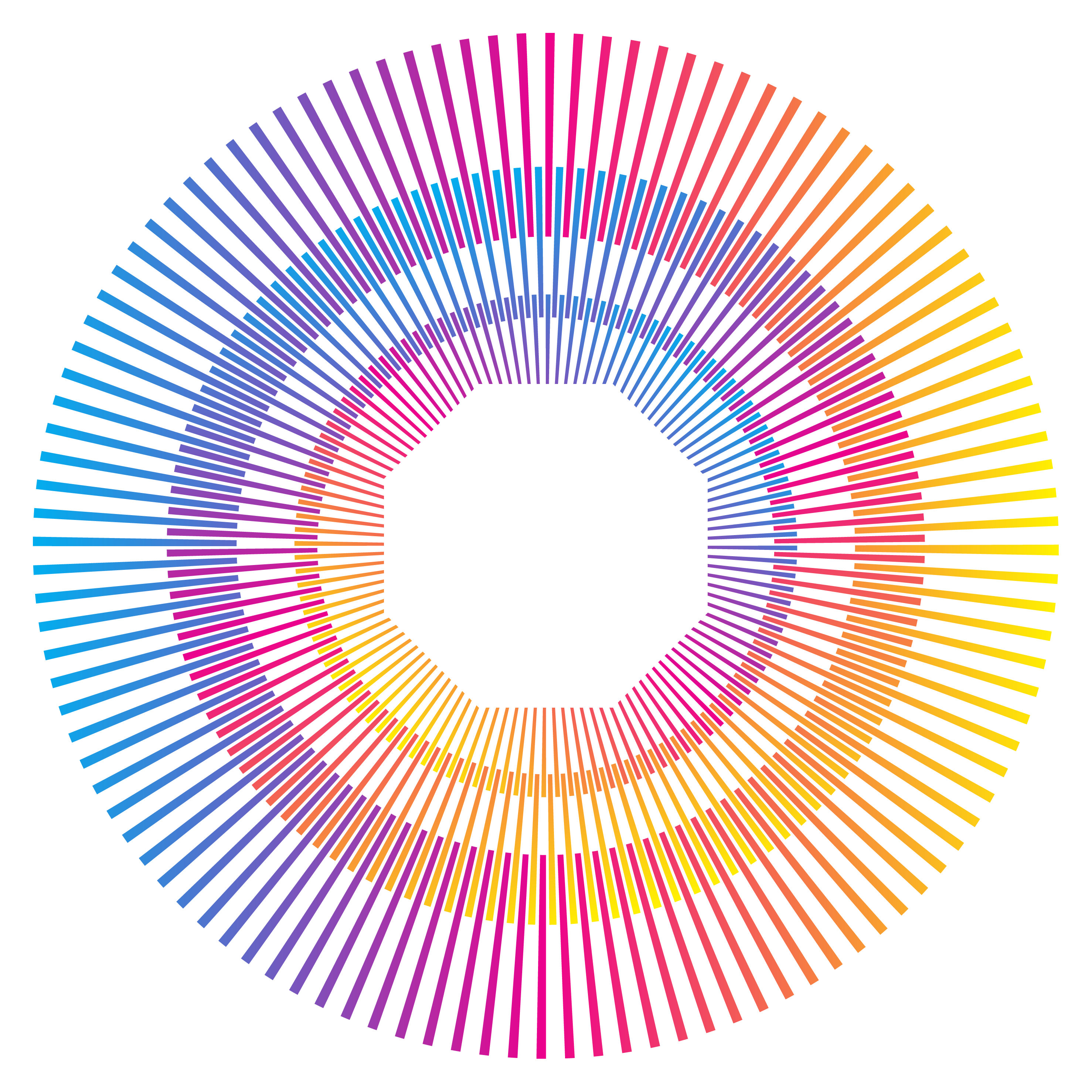
TL;DR
- NAB PILOT asked the NAB Technology staff and other broadcast industry luminaries for their predictions for 2024.
- In 2024, broadcasters will continue to play a vital role in the local news ecosystem as data journalism becomes even more important. FM radio will see a digital power increase, with 2024 set to be a breakout year for terrestrial broadcast radio in connected cars.
- After a year of observing developments in artificial intelligence, the broadcast industry will begin to leverage AI in new and innovative ways.
- The adoption and development of new video compression technologies will enable eco-friendly and high-quality content delivery.
- The ATSC 3.0 rollout will continue to ramp up, with broadcasters seeking to enter the wireless market.
The entire industry wants to know what broadcast technologists are most excited about and expect or hope to see in 2024. NAB PILOT, the National Association of Broadcasters’ innovation arm, asked the NAB Technology staff and a few other industry luminaries if they had anything to share. They absolutely delivered. As we look ahead into the new year, Here’s a compilation of predictions for 2024.
Data Journalism Grows
Chris Jansen, Head of Broadcast News Partnerships, Google, and PILOT Member

In 2024, broadcasters will continue to play a vital role in the local news ecosystem. As compute power becomes more cost efficient, data journalism becomes even more important. From using tools like Trends to discover what people are curious about, to tools like Pinpoint to mine through mountains of public documents with a few clicks, the stories communities need to know are out there.
2024 – the Year for an FM Radio Digital Power Increase
David Layer, Vice President, Advanced Engineering, NAB

NAB and its broadcaster partners have been studying, testing and advocating for relaxed FM radio digital power rules for over a decade. 2023 saw the release by the FCC of a Notice of Proposed Rulemaking that tentatively adopts the changes that we have been advocating for, including a modified FM radio digital power formula that will allow more stations to increase their power to -10 decibels below carrier (dBc), allowing for better signal penetration into buildings and better replication of a station’s analog coverage by the digital signal. All the pieces are now in place for the FCC to issue an Order adopting these changes in 2024.
AI Begins to Fuel Industry Growth
Jeremy Sinon, Vice President, Digital Strategy, Hubbard Radio, and Vice Chair, NAB Digital Officer Committee

In 2023, broadcasters and the world at large became aware of AI for the first time. I believe much of the last 12 months has been spent “cautiously observing” and scrambling to play defense. Defense that is absolutely necessary for us to keep playing.
However, it’s time for us to also play offense.
In 2024 I think we’ll start to see some smart, impactful real world solutions from broadcasters and from broadcast partners. Solutions that will enhance our efficiency, knowledge and profitability. With machine learning and AI, our small teams can be empowered to do more. Adding AI to our mix will help us automate what is currently manual, which will feel like adding an extra copywriter, an extra producer, an extra developer, etc., to our teams. We can also use this technology to help us learn more about our audiences, build strategies to super-serve them and target like audiences in our marketing.
We are embarking on a whole new chapter of our industry, and in 2024 we graduate from observing in the stands to playing on the field.
Broadcast Radio Dominates the Connected Car Media Landscape
Joe D’Angelo, Senior Vice President, Broadcast Radio and Audio, Xperi, and PILOT Member

2024 is setting up to be a breakout year for terrestrial broadcast radio in connected cars. Thanks to DTS AutoStage, the support of tens of thousands of radio stations and over 15 OEMs, hybrid radio is going mainstream. The industry will experience exponential growth in DTS AutoStage enhanced radio listening as more OEMs launch with the platform around the world, and the impact will be measurable thanks to our Broadcaster Analytics platform. Broadcasters will be able to better understand their audience and in the impact of their programming across a wide-ranging mix of cars, markets and formats. These insights and the enhanced user experience are sure to delight both advertisers and listeners in 2024 and for years to come.
“It was the best of times, it was the worst of times.”
John Clark, Senior Vice President, Emerging Technology, NAB

Everyone is talking about artificial intelligence, and everyone has an opinion. Usually, those opinions fall into one of two buckets: good and bad. We’ll continue to see examples that easily fit into those extremes. However, we’ll see more use cases emerge in the messy middle. The more we understand how the new technology can be used, the more we’ll wrestle with how it should be used and how to combat the ways it’s used inappropriately. This will force us to think about AI not as a binary choice of good or bad, and it will force us to put the technology to use in service to our audiences. Doing nothing is not an option.
Sustainable Media: Adoption and Development in Video Compression Technologies for Eco-Friendly and High-quality Content Delivery
Ling Ling Sun, Chief Technology Officer, Nebraska Public Media, and Chair, NAB Broadcast Engineering and IT Conference Committee

In my 2024 prediction, a notable increase in the adoption and development of more efficient video compression technologies is anticipated, aligning with the media industry’s sustainability goals. As videos currently constitute more than half of network traffic, the potential to halve this load through enhanced compression signifies a substantial stride toward eco-friendly practices. Beyond network traffic, compression technologies also play a crucial role in conserving essential data storage.
However, with the increasing efficiency of compression comes complexity. There is a clear demand for new chips capable of substantially reducing computational power requirements. If these chips effectively cut power consumption in half, we could witness more energy-efficient compression processes. Moreover, artificial intelligence is positioned to play a pivotal role in adaptive compression and beyond, promising more efficient semantic communication.
This ecological approach to developing a sustainable media industry is indispensable for enhancing user experiences with technologies such as Ultra High Definition (UHD) and immersive videos. Minimizing resource usage and delivering high-quality content are pivotal for both environmental consciousness and heightened user satisfaction in the dynamic media landscape. As bandwidth demands for high-quality content increase, the contribution of efficient compression becomes even more significant.
Everyone in the TV Industry Should Be Committed
Lynn Claudy, Senior Vice President, Technology, NAB

Radical changes are happening in numerous areas of the broadcast TV ecosystem, but perhaps most pointedly with the ATSC-1 platform transitioning to ATSC 3.0. Since its regulatory green light in 2017, ATSC 3.0 has progressed steadily in the marketplace, albeit at times a little unpredictably and at a varying rate of change. A quick Google search and a query to ChatGPT led me to understand that acceptance of major business changes typically follows an adapted version of the familiar Kübler-Ross stages of grief. For business changes, industries typically go through four stages of acceptance: denial, resistance, exploration and commitment.
With denial and resistance largely in the rearview mirror, over the coming year I think we are likely to see a mass movement of stakeholders migrate across the exploration–commitment boundary of the transition — and not look back. In practice, commitment to ATSC 3.0 means more than just infrastructure changes and ATSC 3.0 lighthouses going on the air. It means significant investment in enhancing programming and services that can benefit most from the new infrastructure and will most impress and attract consumers. Look for rollouts of High Dynamic Range (HDR) and native 1080p production programming, more audio options, compelling broadcast app implementations, enhanced emergency information services and new non-television use cases to emerge. Philosopher and author Jean-Paul Sartre once said in an interview that commitment is an act, not a word. 2024 should be the year of action on ATSC 3.0 commitment.
Broadcasters Enter the Wireless Market
Mike Kelley, Vice President and Chief Information Security Officer, The E.W. Scripps Company, and Chair, NAB Cybersecurity Advisory Group

2024 will be the year where broadcasters redefine their market position, delving into the realm of wireless data transmission previously dominated by telecoms and internet service providers. We will witness experimentation with ATSC 3.0, exploring use cases that capitalize on the benefits of a one-to-many architecture and identifying areas where hyper-localized precision is necessary. This one-two punch combination marries our industry expertise with a modern technology standard that offers a lifeboat for broadcasters to navigate treacherous economic headwinds.
ATSC 3.0 will establish the broadcast industry as a new entrant to the wireless data market, offering a wide array of novel services and engaging audiences in unprecedented ways. The new standard is not just an upgrade; it’s a strategic pivot that could redefine the broadcast industry’s role in a data-driven future.
Best of the Old and Best of the New
Roswell Clark, Executive Director, Radio Engineering, Cox Media Group, and Vice Chair, NAB Radio Technology Committee

2024 promises to continue the evolution and importance of the public facing benefits of radio ranging from AM in the dashboard to the advancement of features in hybrid radios. How broadcasters support the technologies to maximize these areas for consumers and public safety will interesting and exciting. 2024 also looks to be the year that advancements in the next generation of radio architecture will potentially close the few remaining gaps in technology solutions to provide greater reliability, management and scalability.
2024 Will Be Highly Dynamic
Sam Matheny, Chief Technology Officer, NAB

High Dynamic Range (HDR) will begin to be deployed at numerous television stations across the country. This technology brings a noticeable improvement to the picture quality in video and is enabled within the ATSC 3.0 standards. In layman’s terms, it provides brighter whites and deeper, darker blacks. And it does so without costing a fortune in bandwidth the way sending more pixels (think 4K) does. The Ultra HD Forum has demonstrated HDR/SDR single master workflows, and I think some of those efforts will translate into real-world deployments. I believe we’ll see many stations and perhaps multiple networks adopt some form of HDR technology to improve their NEXTGEN TV services.
Broadcast Positioning System (BPS)
Tariq I. Mondal, Vice President, Advanced Technology, NAB

Broadcast Positioning System (BPS), an ATSC 3.0 application, will get serious attention from the government agencies who are trying to solve the GPS vulnerability and dependency problems for civil GPS use. I am hopeful that the U.S. government will fund a BPS market trial and evaluate its performance in 2024. A few broadcasters will deploy the system in test markets, and the ATSC 3.0 equipment manufacturers will take notice of this potential opportunity. BPS will also get traction in South Korea in 2024 in terms of research and development. U.S. TV broadcasters will consider BPS to be a strategically important application to advance ATSC 3.0 deployment.
BROADCAST TECHNOLOGY IS HOTTER THAN EVER:
The advent of streaming had many pundits predicting the end of broadcast television, but the ongoing transition to ATSC 3.0 shows that NextGen TV is on the rise. What’s more, legacy broadcast series have remained among the most popular content on streaming platforms worldwide. Learn about the latest broadcast tech and trends as well as what the future holds for over-the-air TV with the expert knowledge and insights you need from this hand-curated series of articles from NAB Amplify:
- NextGen TV: Using the Lighthouse Model to Make the Transition to ATSC 3.0
- What’s the Future of Broadcast TV? FCC Commissioner Starks Places a Bet on ATSC 3.0
- Streaming, Broadcast and Planning the Platform of the Future
- NextGen TV Isn’t Just a Vibe Shift, It’s a Permanent Situation
- Why Streaming Now Looks Even More Like Broadcast TV


